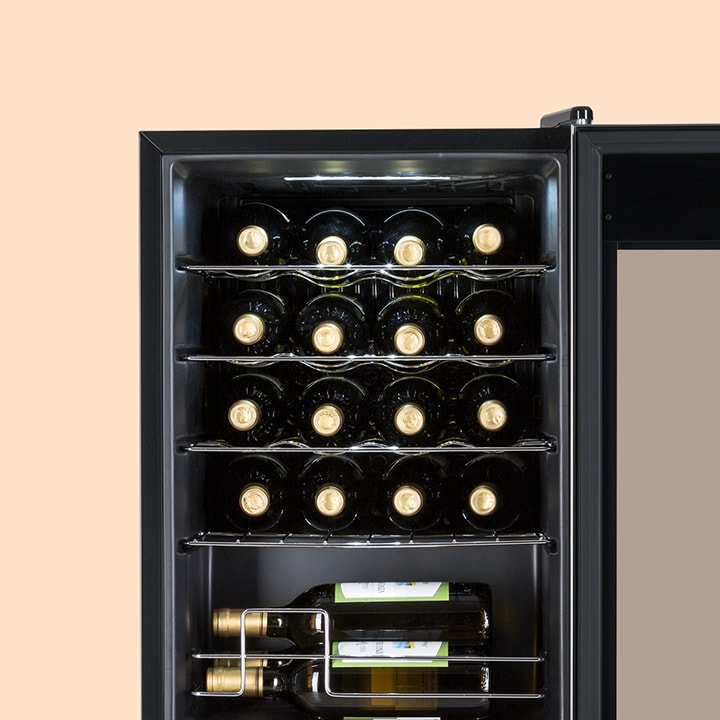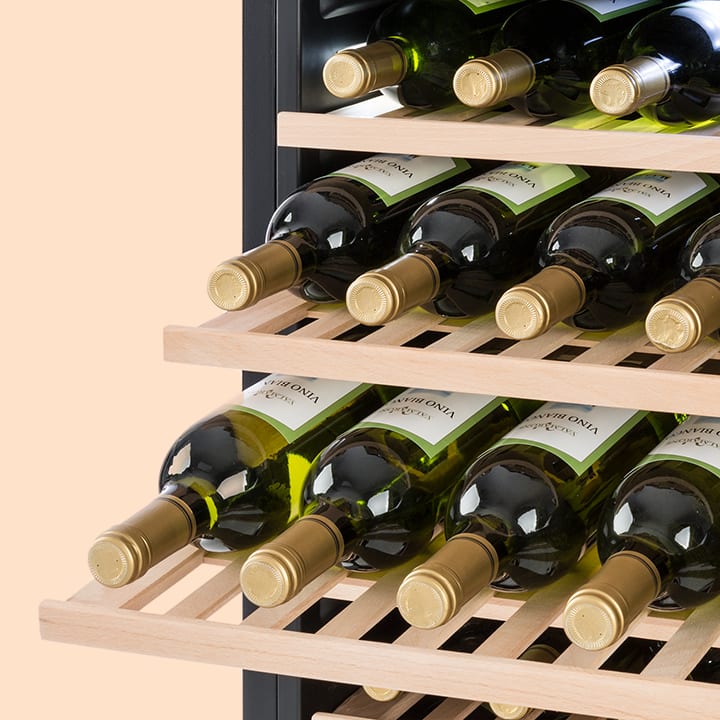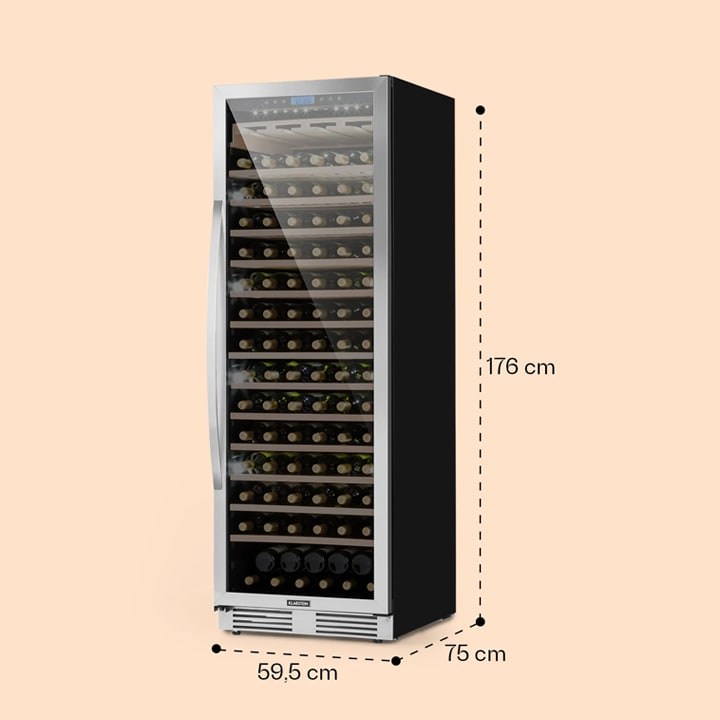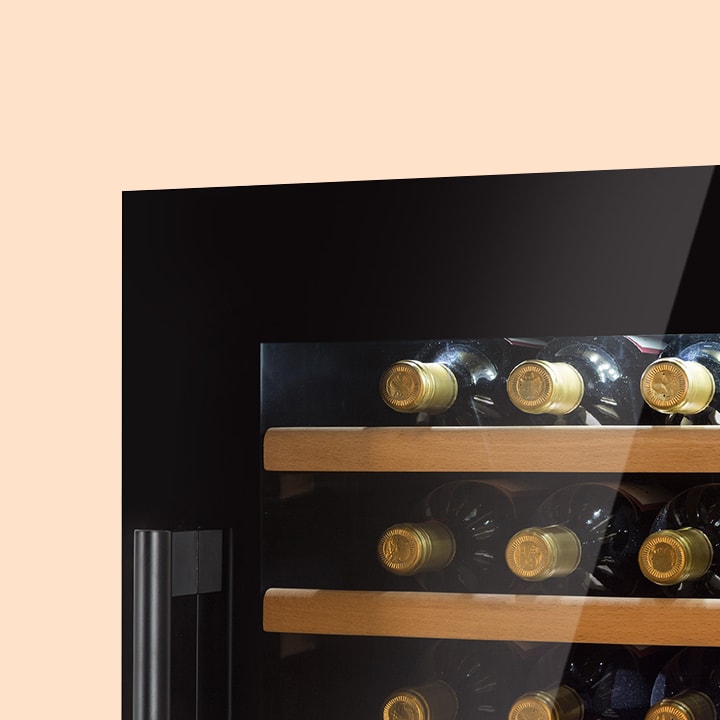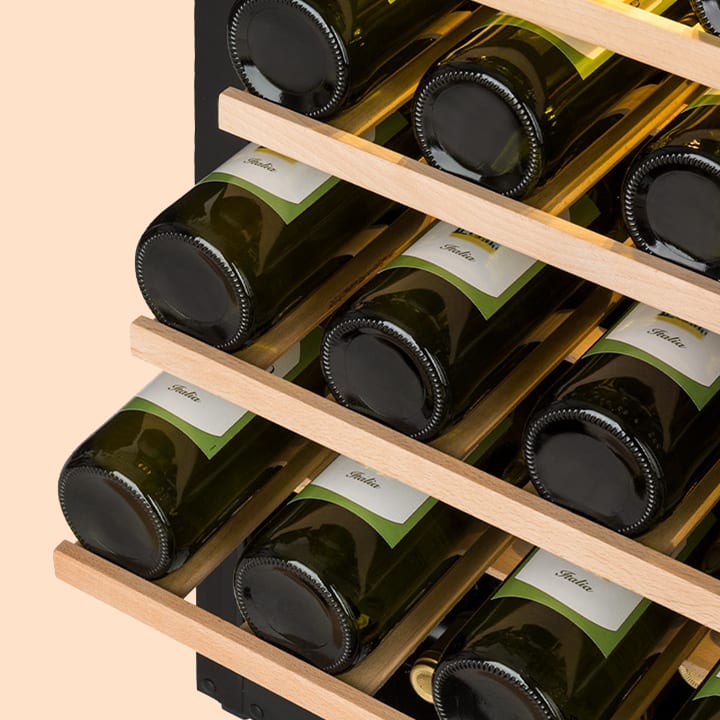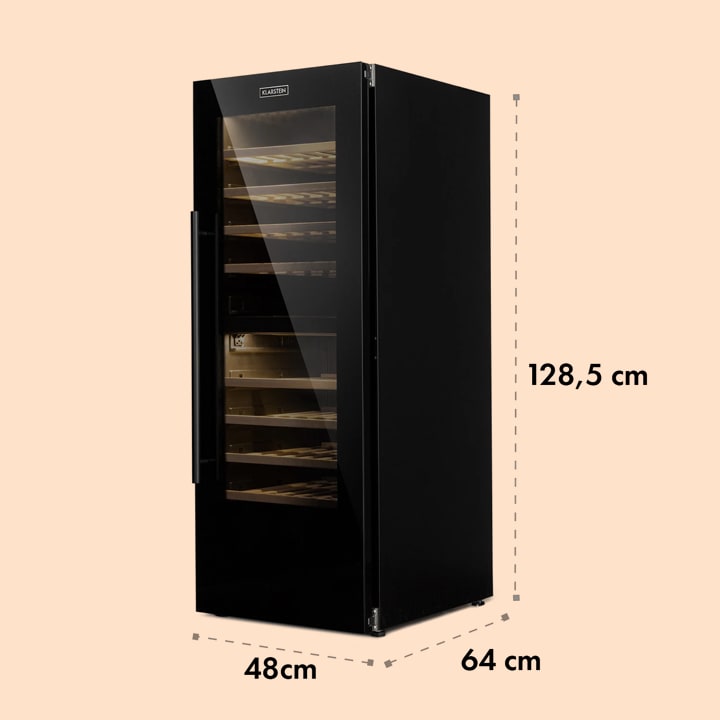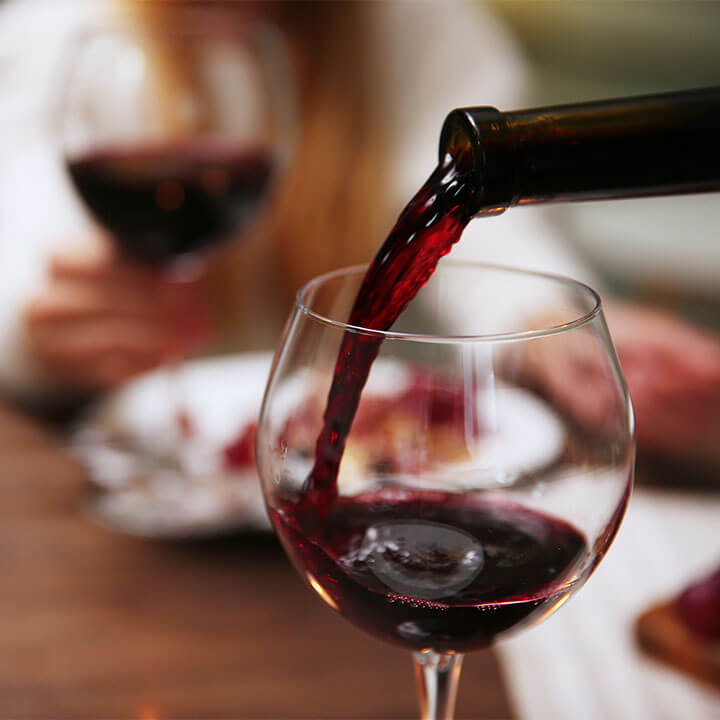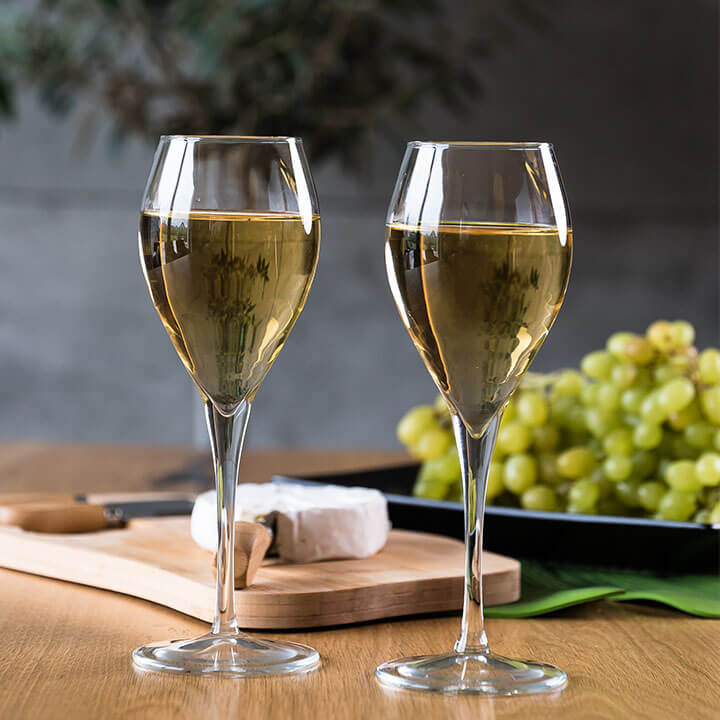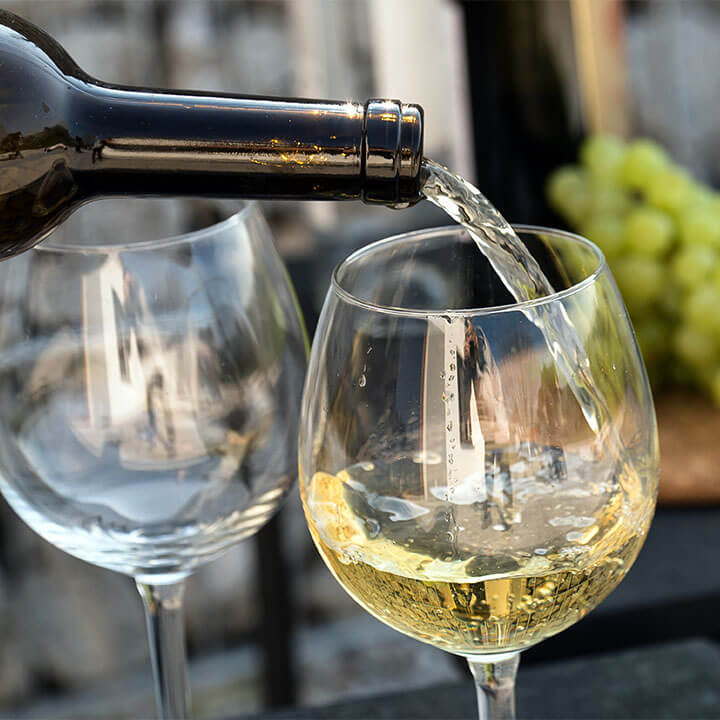Buying a wine fridge : How to choose & What to look
A wine fridge is every wine lover's dream. The optimal storage for each variety. Temperature, humidity, brightness and location perfectly under observation. So you can enjoy your favourite juice of the vine at any time and know: This is exactly the way it was meant to taste. When stored incorrectly, wines can be damaged in many ways and even absorb aromas from other foods. Thus, we are certain that everyone who appreciates fine wine needs a wine refrigerator. In our buying guide for wine refrigerators, we will show you what is really important when making a purchase!
Wine cooler: comparison of features and performance
Compare and know what you need: This is very important so that your wine fridge can do a good job for a long time. How big should it be? Where do you want to put it? Does it need multiple zones? Do you want a wine fridge or a wine tempering cabinet? What must the climate class of the refrigerator be? All of these are questions that you should answer. Or rather, questions we can help you answer right now. We'll introduce you to different types and functions of wine refrigerators. This way, you can be well informed and then know exactly which wine refrigerator will enrich your life.
Finding the right wine cooler
After we have presented different models, now it is up to you. Find your ideal wine cooler by asking yourself what exactly you want. For example, if you drink a lot of different wines, a two-zone wine refrigerator is recommended for optimal storage. Do you have a few selected bottles or would you rather have a colourful supply? You should adjust the size of your wine cabinet accordingly. Then of course there are some design questions: Do you like lighting? Should the cabinet be black or another colour? Should the device be free-standing or would you like it to be built-in? The humidity in your wine fridge should also be considered. This should be between 75 and 85%. Did you know: The climate class of the wine refrigerator indicates the ambient temperature in which it can ideally cool.
Viticulture with Klarstein
What types of wine are there and how do they differ? We'd love to explain that to you!




